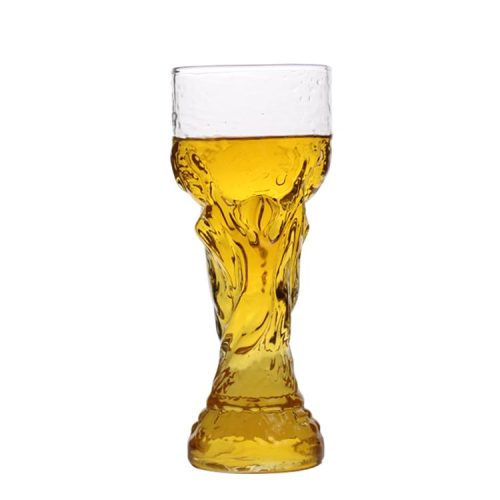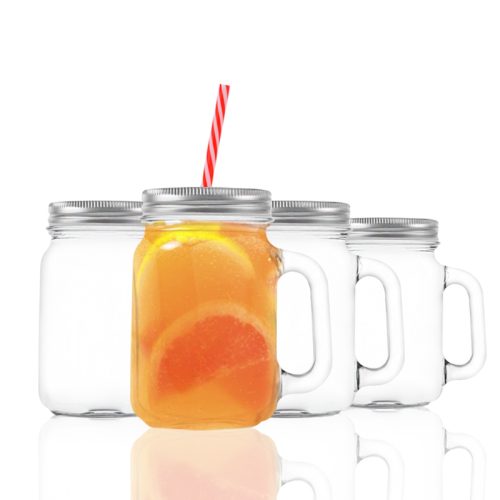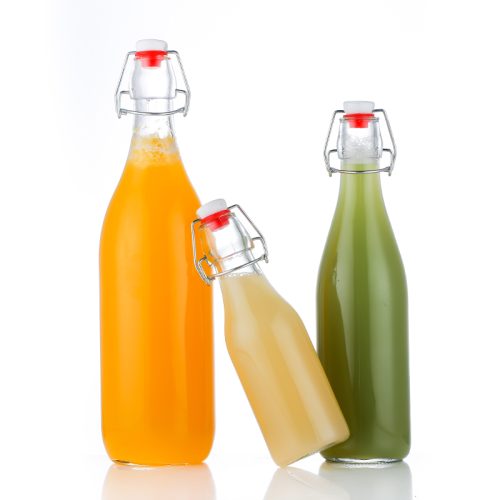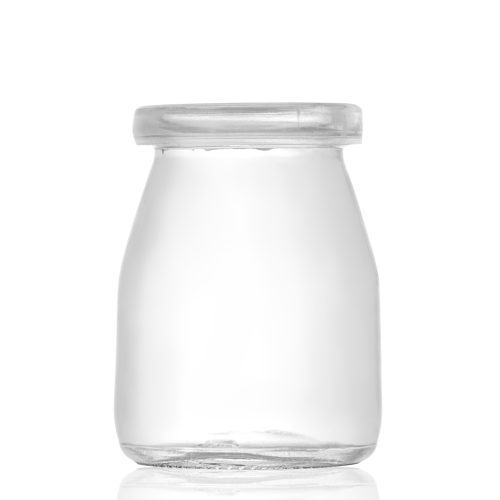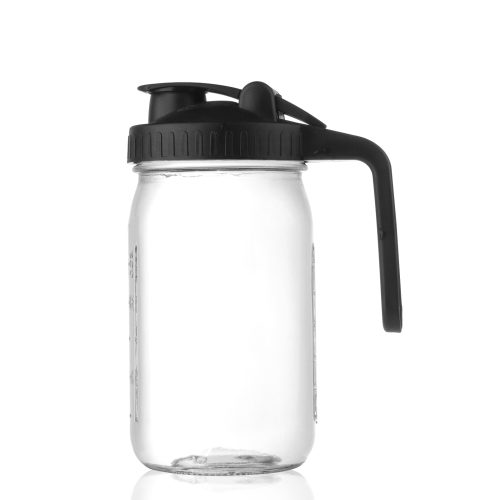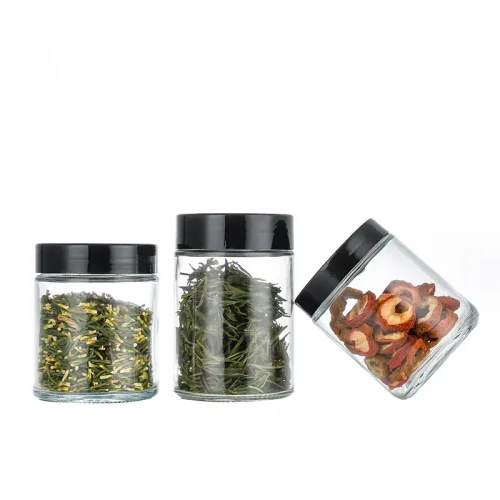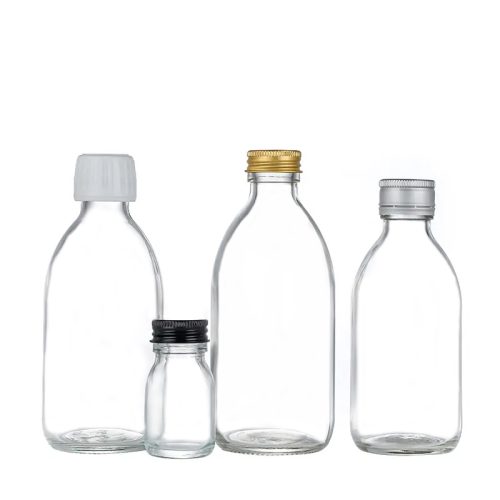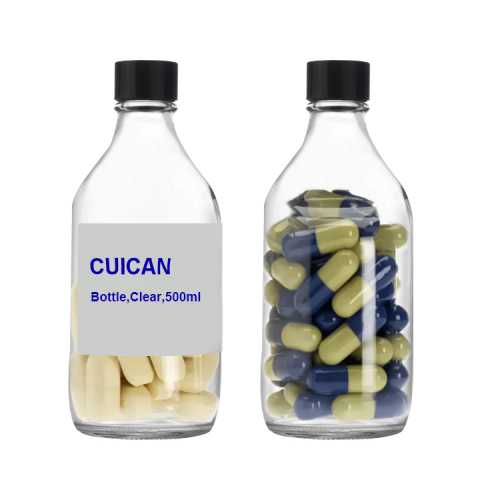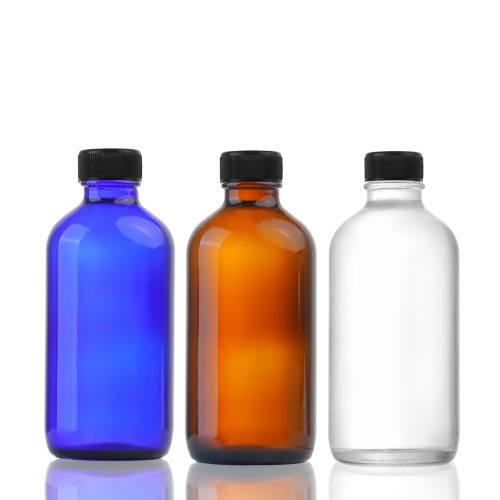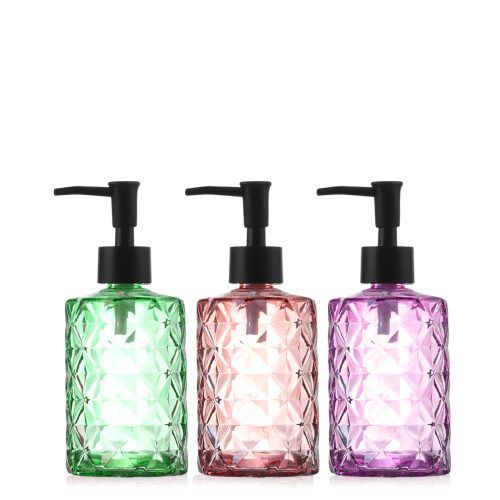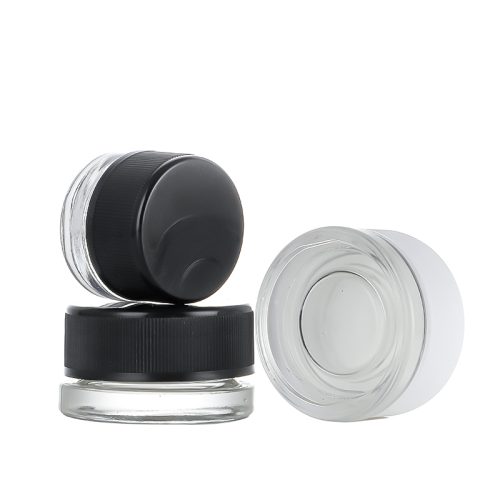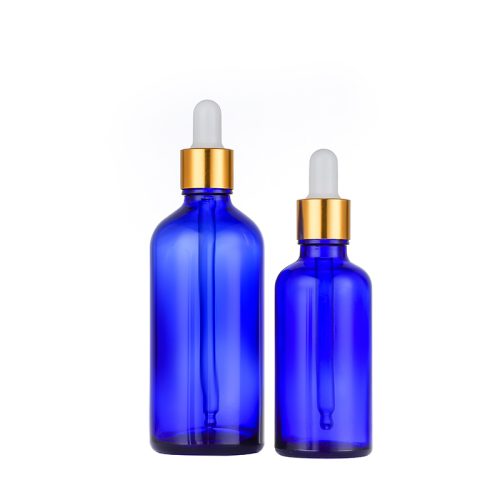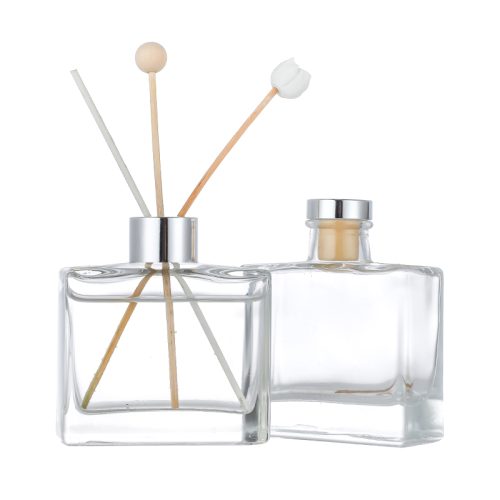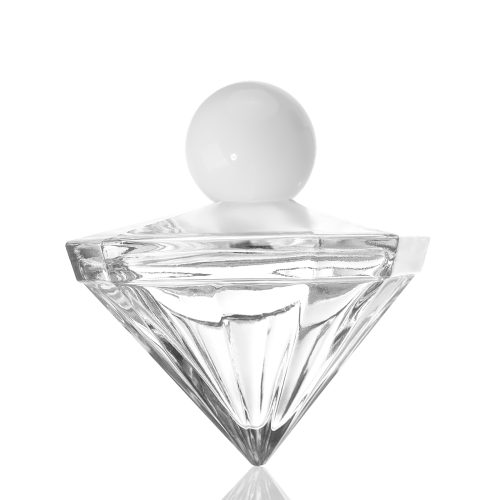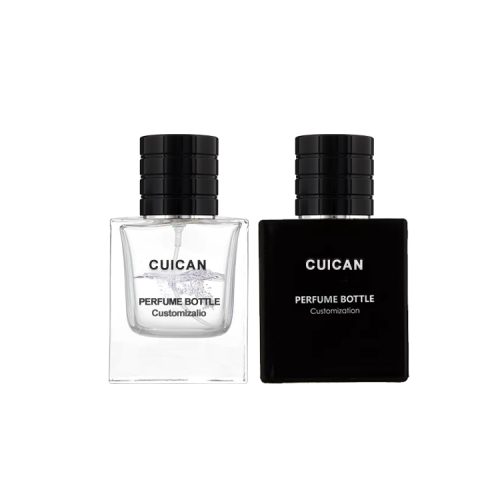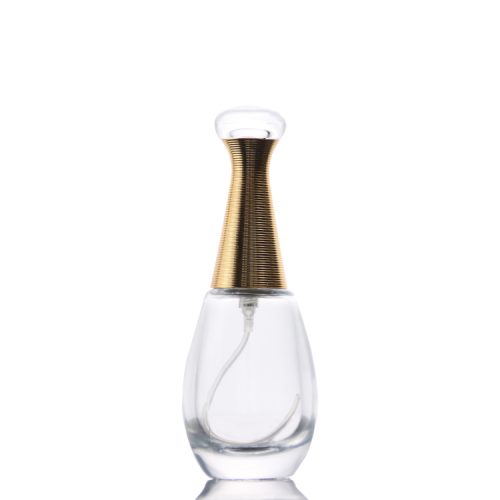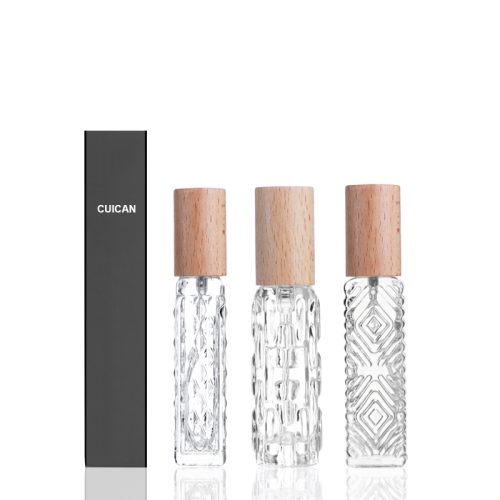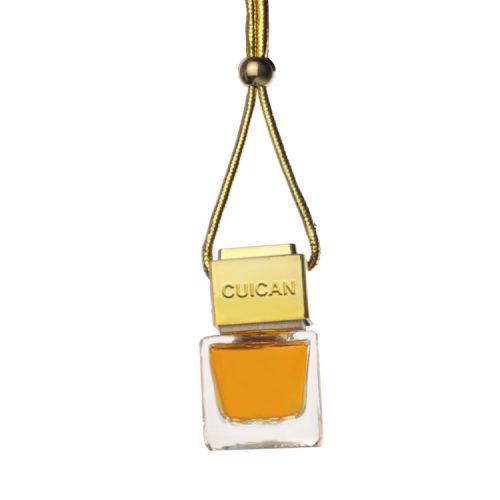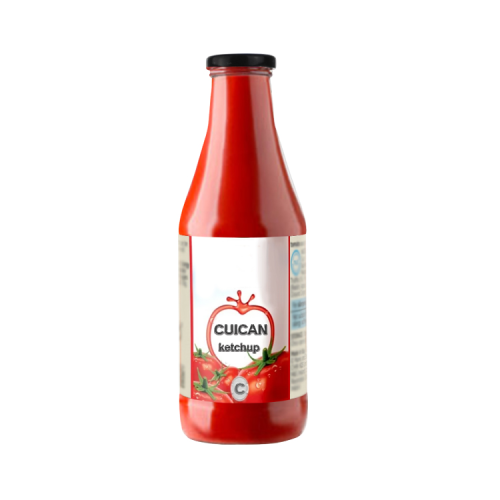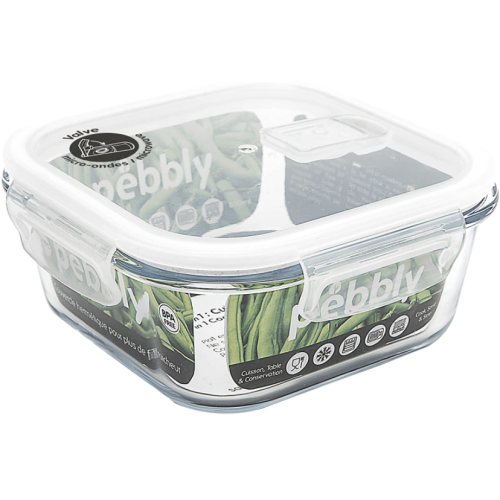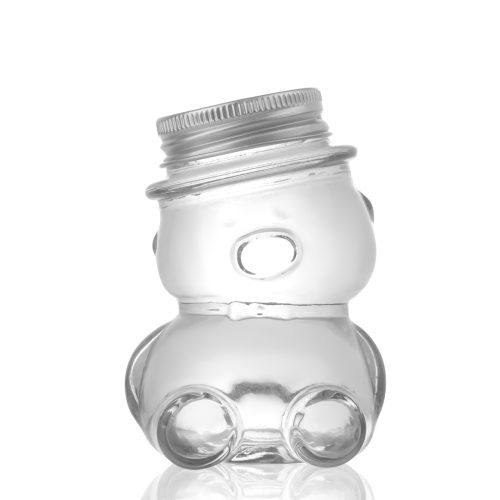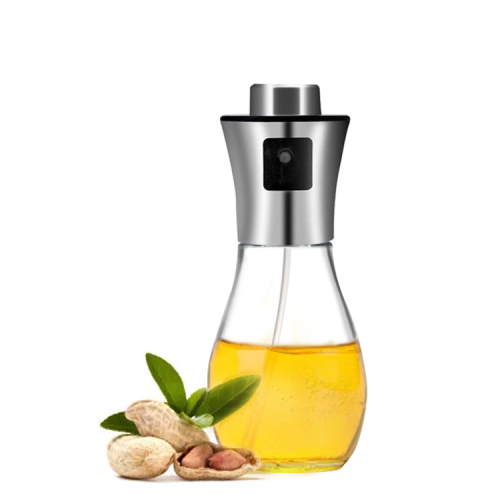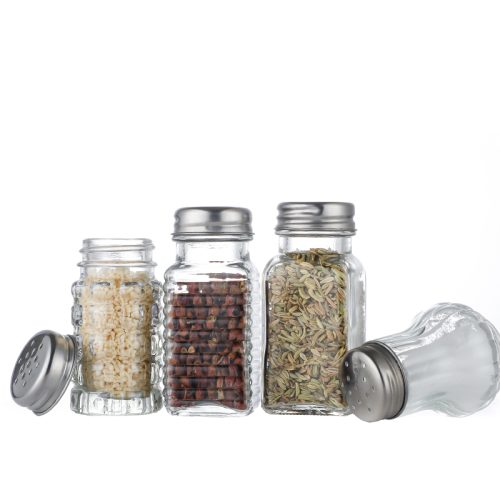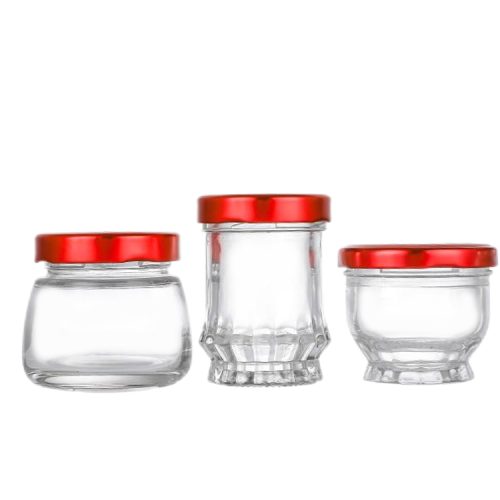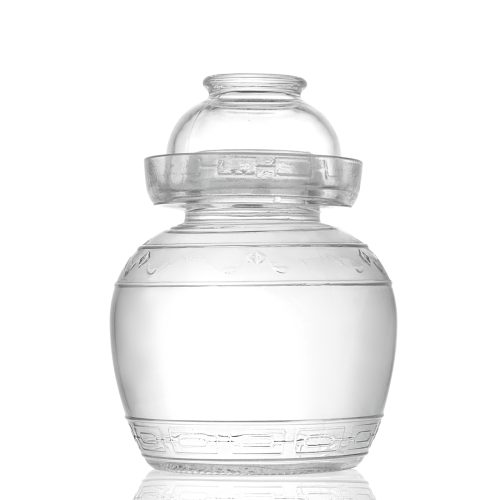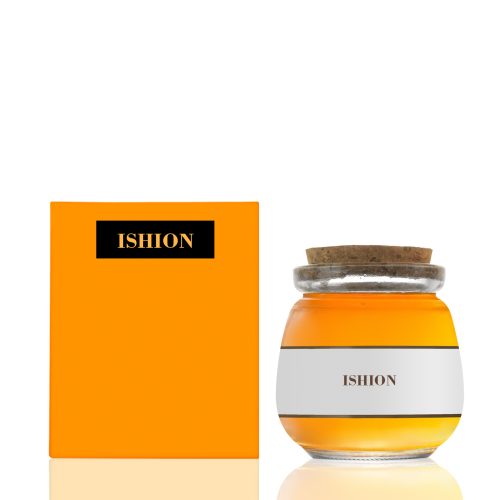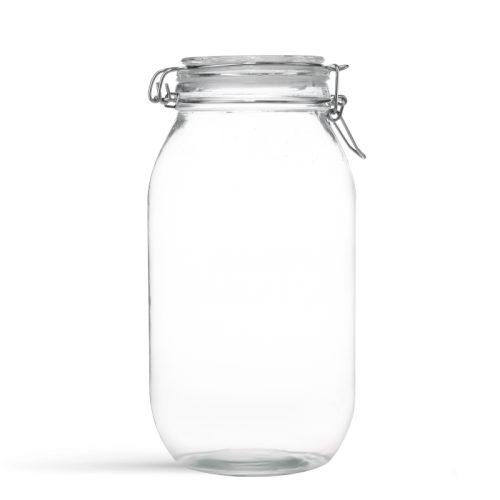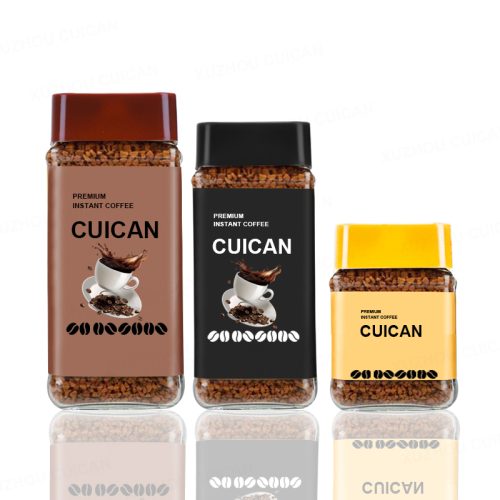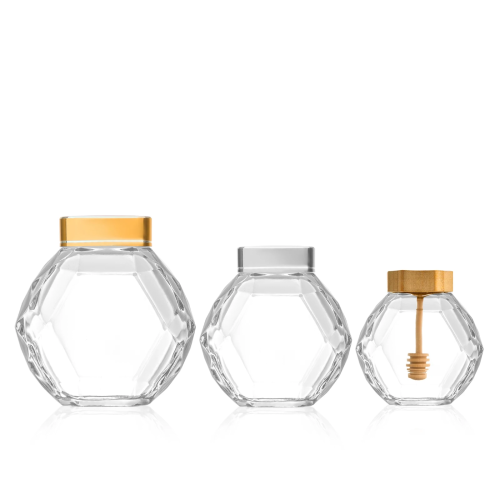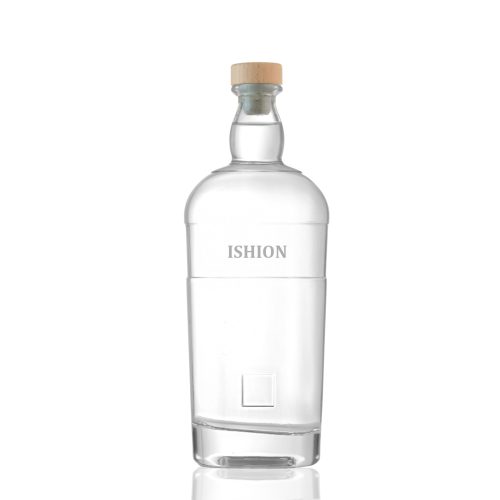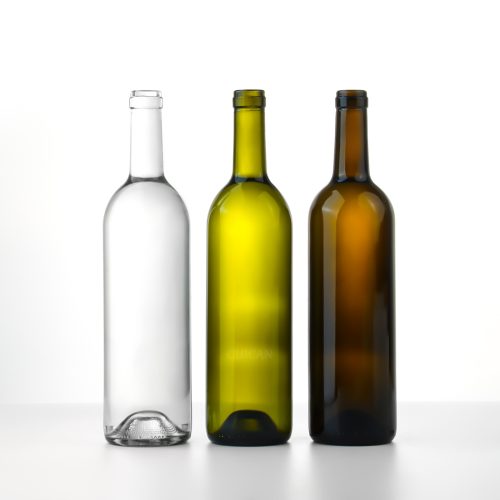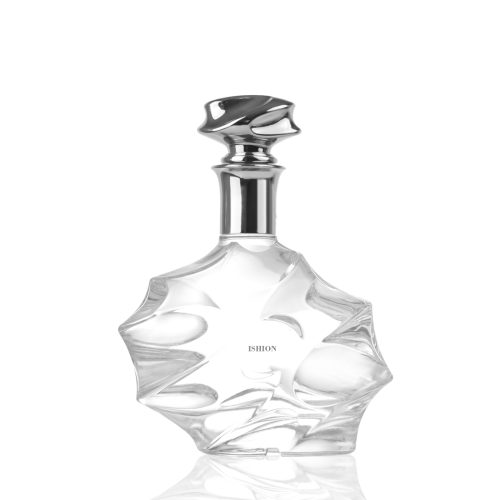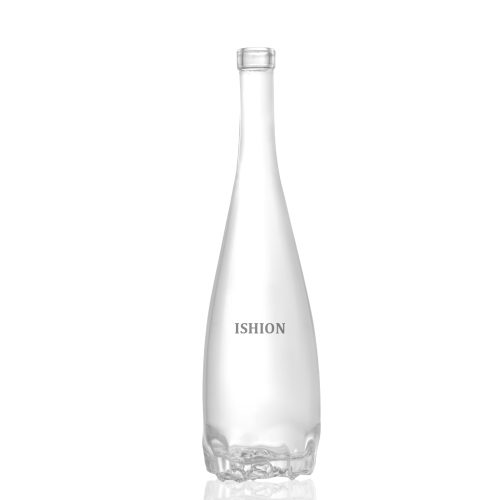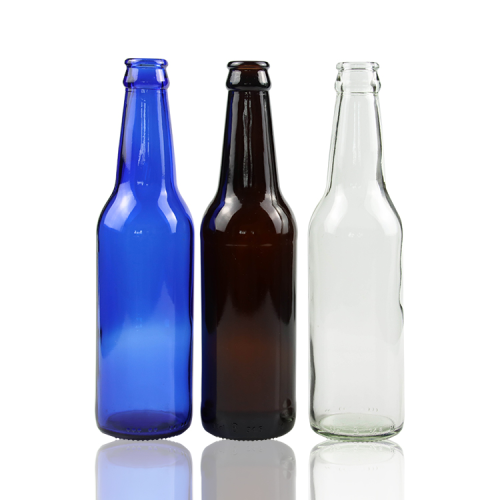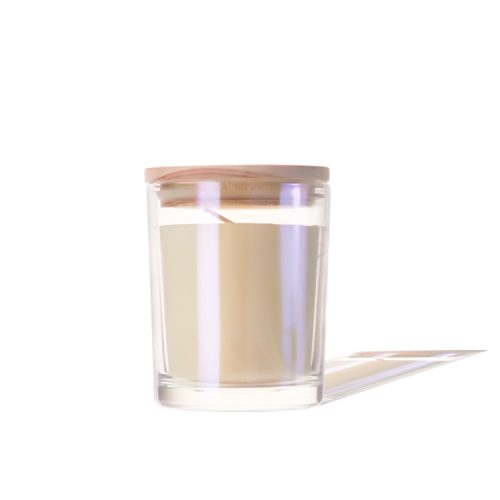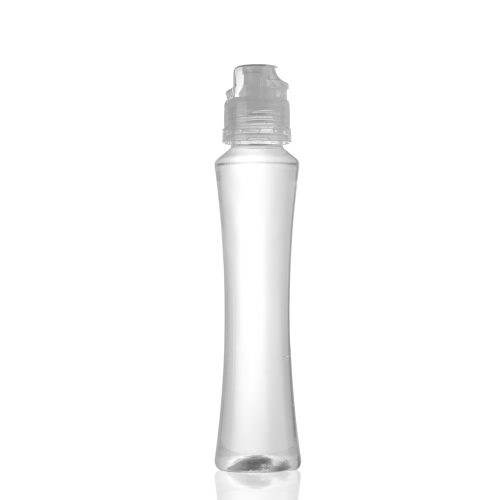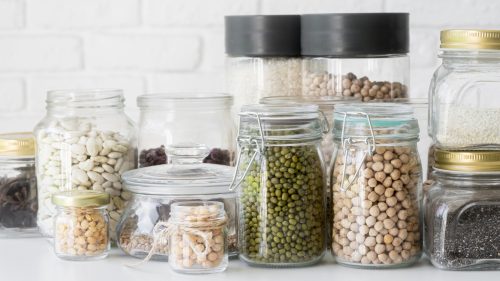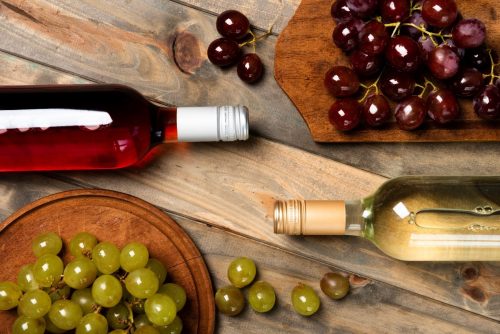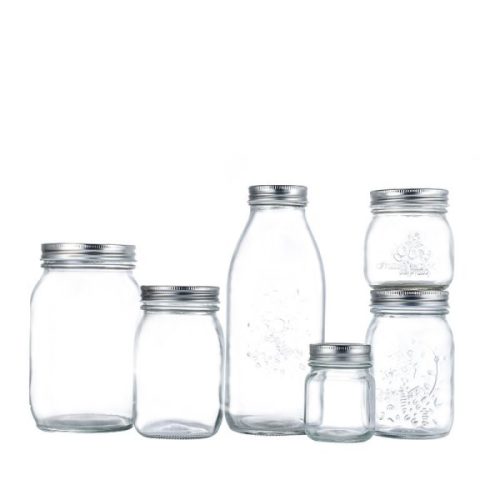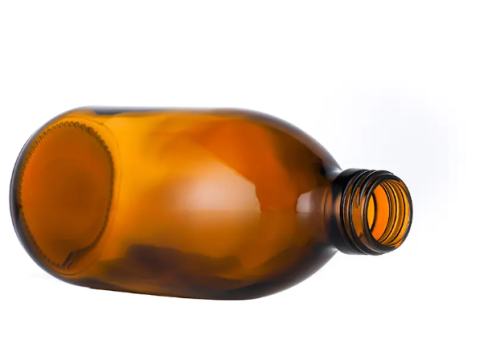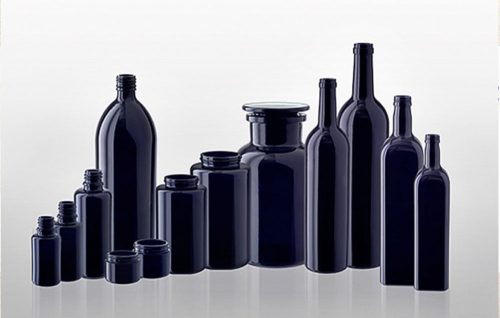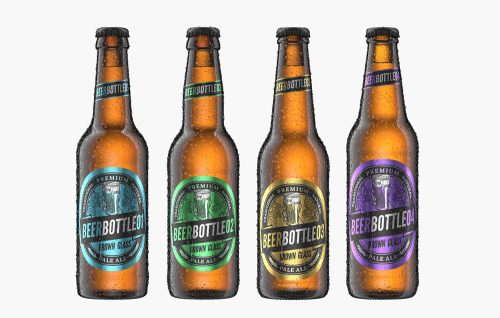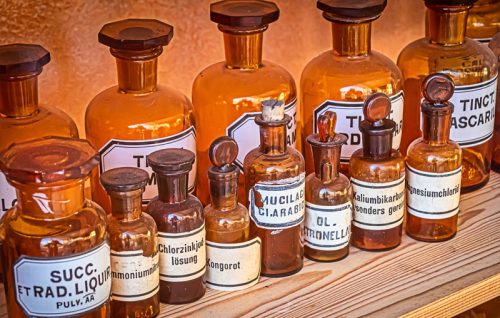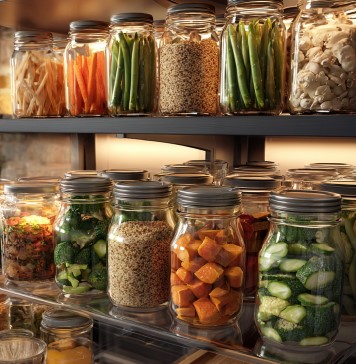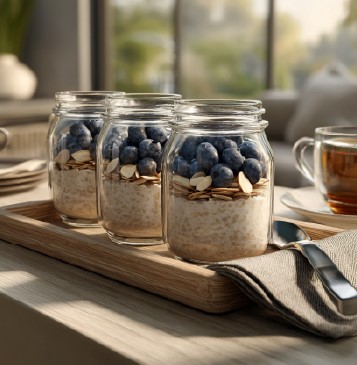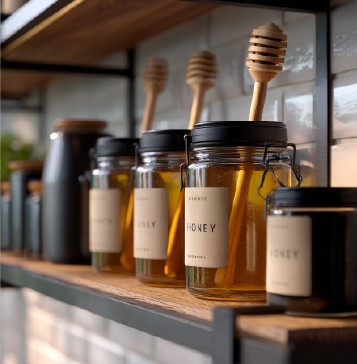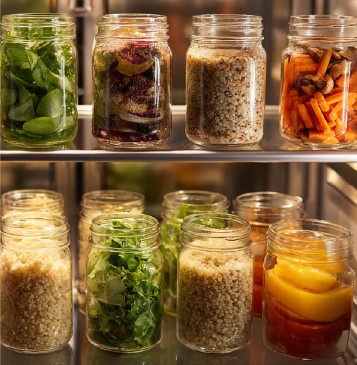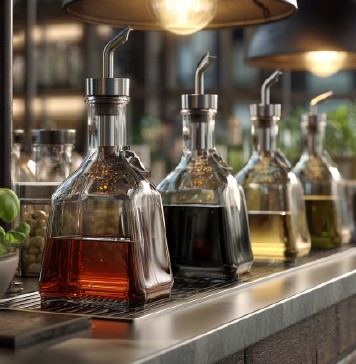-
Arabic
-
English
-
French
-
Malagasy
-
Portuguese
-
Russian
-
Spanish
-
Thai
Beer bottle glasses come in a variety of shapes and sizes, so you can choose the one that best suits your needs. Some are designed to look like traditional beer glasses, while others have a more modern and unique design. They’re also available in different colors, so you can choose one that matches your personal style.

Using beer bottle glasses is a great way to add some personality to your drinking experience. Whether you’re enjoying a cold brew on a hot summer day or sipping on a stout by the fire, a beer bottle glass is sure to make your drinking experience more enjoyable. Plus, since they’re made from recycled materials, you can feel good about doing your part to help the environment.
Table of contents packafill
1.1 Evolution of Glass Bottling
1.2 Influence on Beer Preservation
4.1 Label Materials and Design
5.1 Glass Recycling Initiatives
5.2 Sustainable Packaging Trends
History of Beer Bottles
Evolution of Glass Bottling
Beer bottles have come a long way since their inception. The first beer bottles were made of stoneware and were not very popular. Glass bottles were introduced in the 17th century and quickly became the preferred choice for beer storage. In the early days, glass bottles were hand-blown and came in various shapes and sizes. However, this changed in the 19th century when the first machine-made glass bottles were introduced. This allowed for more uniformity in size and shape, making it easier for breweries to produce and distribute their beer.
Over time, glass bottles have undergone various changes and improvements. For example, the introduction of crown caps in the early 1900s made it easier to seal beer bottles, which helped to preserve the quality of the beer. Today, glass bottles come in a variety of shapes and sizes, with some breweries even using unique designs to make their beer stand out on the shelves.
Influence on Beer Preservation
The invention of the glass beer bottle had a significant impact on the preservation of beer. Before the advent of glass bottles, beer was typically stored in wooden casks that were prone to contamination and spoilage. Glass bottles provided a more airtight seal, which helped to preserve the quality of the beer. This allowed breweries to produce beer on a larger scale and distribute it over greater distances.
In addition to preserving the quality of the beer, glass bottles also helped to protect the beer from light. Exposure to light can cause beer to become “light-struck,” which can give it a skunky taste. Brown glass bottles are particularly effective at blocking out light, which is why they are the most commonly used type of beer bottle today.
Overall, the evolution of beer bottle glass has played a significant role in the development of the beer industry. From the introduction of machine-made glass bottles to the use of crown caps and unique bottle designs, glass bottles have helped to make beer more accessible and enjoyable for people all over the world.
Manufacturing Process

Materials Used
The manufacturing process of beer bottle glass involves the use of several materials. The primary material used is silica sand, which is combined with other ingredients such as soda ash, limestone, and cullet. Cullet is recycled glass that has been crushed and melted down to be reused in the glass-making process. These materials are melted together in a furnace at high temperatures, creating molten glass.
Bottle Shaping Techniques
Once the molten glass has been created, it is then shaped into beer bottles using various techniques. The most common techniques used are the press-and-blow molding and blow-and-blow molding techniques. The press-and-blow molding technique involves the use of a plunger to press the molten glass into a mold, creating the desired shape. The mold is then removed, and compressed air is used to blow the glass into its final shape.
The blow-and-blow molding technique involves the use of a blowpipe, which is used to blow air into the molten glass to create a bubble. The bubble is then shaped into the desired bottle shape using a mold. The bottle is then removed from the mold, and compressed air is used to blow the bottle into its final shape.
Quality Control
Quality control is an essential part of the beer bottle glass manufacturing process. The glass is inspected at various stages of the manufacturing process to ensure that it meets the required quality standards. The glass is inspected for defects such as bubbles, cracks, and chips. Any defective bottles are removed from the production line to ensure that only high-quality bottles are produced.
The beer bottle glass manufacturing process involves the use of several materials, including silica sand and cullet, and various shaping techniques such as press-and-blow molding and blow-and-blow molding. Quality control is also an essential part of the process to ensure that only high-quality bottles are produced.
Types of Beer Bottle Glass

When it comes to beer bottles, there are two main categories: colored and clear glass. Each type of glass has its own unique characteristics and advantages. Additionally, many beer bottles are made from recycled glass, which has its own benefits.
Colored vs. Clear Glass
Colored beer bottle glass is typically brown or green, while clear glass is transparent. The color of the glass can affect the taste of the beer by blocking out harmful UV rays that can cause the beer to spoil or become “skunky.” Brown glass is particularly effective at blocking out UV rays, which is why many popular beer brands use brown bottles. Green glass is less effective at blocking UV rays, but it still provides some protection.
Clear glass is less common for beer bottles, but it is still used for some brands. The advantage of clear glass is that it allows you to see the color of the beer and any sediment that may be present. However, clear glass does not provide any UV protection, which can lead to spoilage and off-flavors.
Recycled Glass Bottles
Many beer bottles are made from recycled glass, which has several advantages. First, using recycled glass reduces the amount of waste that goes into landfills. Second, recycled glass requires less energy to produce than new glass, which reduces the carbon footprint of the beer industry. Finally, recycled glass is just as strong and durable as new glass, so there is no compromise in quality.
When choosing beer bottles, you should consider the color of the glass and whether it is made from recycled materials. Brown glass is the most effective at blocking UV rays, while green glass provides some protection. Clear glass allows you to see the beer but does not provide any UV protection. Using recycled glass is a sustainable choice that reduces waste and energy consumption.
Labeling and Branding
Label Materials and Design
When it comes to labeling your beer bottles, there are a variety of materials and design options to choose from. Cut and stack labels, which are applied with glue, and pressure-sensitive labels, which are self-contained decals, are the two most common types of beer bottle labels. Pressure-sensitive labels provide nearly limitless design options, while cut and stack labels are more cost-effective for larger production runs.
Vinyl is a popular label material for glass beer bottles because it is flexible and molds easily to irregularly-shaped and small-radius containers. Other popular label materials include paper, polypropylene, and polyester. When choosing a label material, consider the durability and moisture resistance of the material, as well as the overall look and feel of the label.
Branding Importance
Labeling is an essential aspect of branding your beer. Your label should tell the story of your brand and convey the quality of your beer. It should also be eye-catching and memorable to stand out on the shelf. A well-designed label can help attract new customers and build brand loyalty.
When designing your label, consider the color scheme, typography, and imagery that best represent your brand. You may also want to include information about the beer’s style, alcohol content, and ingredients. Keep in mind that your label should be easy to read and understand, even from a distance.
Labeling and branding are crucial components of marketing your beer. Choosing the right label materials and design, as well as creating an eye-catching and informative label, can help you stand out in a crowded market and build a loyal customer base.
Environmental Impact
When it comes to beer packaging, glass bottles are a popular choice. However, they also have a significant environmental impact. In this section, we will explore the impact of glass beer bottles on the environment and what initiatives are being taken to reduce their impact.
Glass Recycling Initiatives
Glass is 100% recyclable and can be recycled endlessly without losing quality or purity. Recycling glass bottles helps to reduce the amount of waste in landfills and saves energy. According to the BBC, in Europe, the average glass recycling rate is 76%, compared to 41% for plastic packaging and 31% for wooden packaging.
Many breweries are taking steps to encourage glass recycling. For example, some breweries offer incentives for customers who bring back their empty glass bottles. Others have partnered with recycling programs to ensure that their glass bottles are properly recycled.
Sustainable Packaging Trends
While glass is a popular choice for beer packaging, it is not the most sustainable option. According to a study comparing the environmental impacts of various single-use beverage containers, glass bottles have a greater overall impact than plastic bottles, primarily because they are heavier and require more energy to manufacture.
As a result, many breweries are exploring more sustainable packaging options. For example, some are using aluminum cans, which have a lower carbon footprint than glass bottles. Others are using recycled materials for their packaging. Additionally, some breweries are experimenting with refillable bottles, which can be reused multiple times, reducing waste.
In conclusion, while glass beer bottles have a significant environmental impact, there are initiatives being taken to reduce their impact. By encouraging glass recycling and exploring more sustainable packaging options, breweries can help to reduce their environmental footprint.









